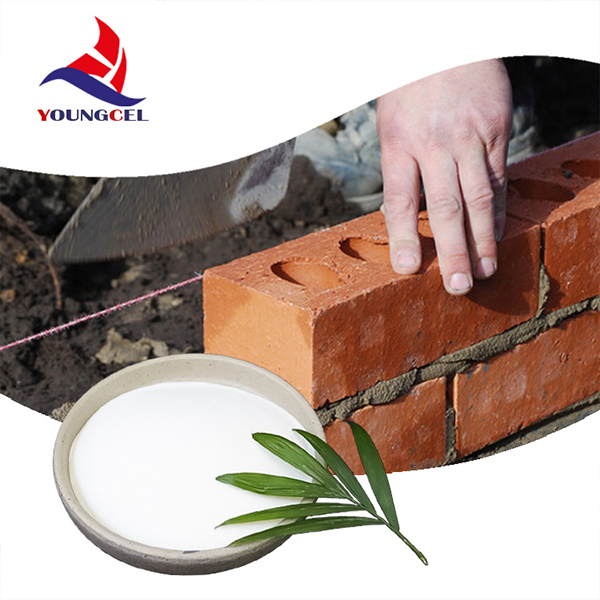The Role of Cellulose and HPMC in Paint Formulations
Cellulose and its derivatives have long been recognized for their versatility and efficacy in various applications, particularly in the formulation of paints and coatings. Among these derivatives, Hydroxypropyl Methylcellulose (HPMC) stands out due to its unique properties that enhance the overall performance of paints. This article explores the significance of cellulose, specifically HPMC, in paint formulations and its impact on paint characteristics.
Understanding Cellulose and HPMC
Cellulose is a natural polymer made from glucose units, primarily derived from plant cell walls. It is known for its mechanical strength, biodegradability, and abundance, making it an eco-friendly choice in many applications, including the paint industry. HPMC, a water-soluble derivative of cellulose, undergoes chemical modification to provide enhanced functionality. It combines the beneficial aspects of cellulose, such as thickening and film-forming capabilities, with improved water solubility and processability.
Thickening Agent in Paints
One of the primary functions of HPMC in paint formulations is as a thickening agent. The incorporation of HPMC increases the viscosity of paint systems, which is critical for achieving the desired application properties. A higher viscosity allows for better control during application, reducing the chances of running or sagging on vertical surfaces. This thickening ability also aids in stabilizing pigment dispersions, ensuring uniform color distribution and preventing settling during storage.
Improving Open Time and Workability
cellulose hpmc for paint

Open time, the period during which the paint remains workable after application, is a crucial factor for achieving a quality finish. HPMC enhances the open time of water-based paints, allowing applicators more time to work with the paint before it starts to dry. This extended workability is particularly important in larger projects where precise application techniques are essential for aesthetic results. A longer open time also minimizes the risk of lap marks, ensuring a smoother, more uniform final appearance.
Film Formation and Binding Properties
In addition to its thickening properties, HPMC contributes to the film-forming characteristics of paints. When the water in the paint evaporates, HPMC helps create a continuous film that provides durability and adhesion to the substrate. This film-forming ability is crucial for ensuring that the paint adheres effectively to various surfaces, including wood, metal, and drywall. Moreover, the resultant film is often more flexible and resistant to cracking, further enhancing the paint's longevity and performance in different environmental conditions.
Environmental Benefits of Using HPMC
In today’s environmentally conscious market, the use of natural materials like cellulose and its derivatives is increasingly favored. HPMC is derived from renewable resources, making it a sustainable choice compared to synthetic thickeners. Furthermore, HPMC is often included in low-VOC (volatile organic compounds) formulations, contributing to healthier indoor air quality and reduced environmental impact. The shift towards eco-friendly products aligns with global trends in sustainability, making HPMC an attractive option in green paint formulations.
Conclusion
The incorporation of cellulose, particularly Hydroxypropyl Methylcellulose (HPMC), in paint formulations significantly enhances their performance attributes. From acting as an effective thickening agent to improving open time and film formation, HPMC offers a wide range of benefits that are essential for achieving quality finishes. Its environmental advantages further cement its position as a preferred choice in modern paint formulations. As the paint industry continues to evolve, the role of cellulose and its derivatives will undoubtedly remain central, promoting both performance and sustainability in the quest for superior coating solutions.




